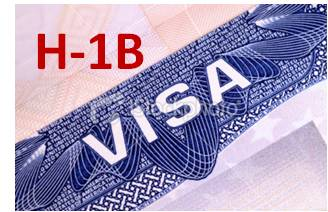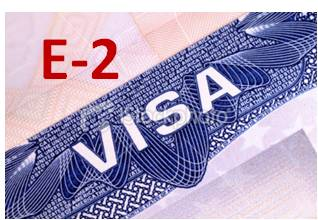-1.jpeg?width=300&height=300&name=admin-ajax%20(15)-1.jpeg) E visas relate to foreign individuals who wish to enter the United States in regard to trade or investments made between their home country and the U.S. These type of investment visas range from the relatively modest, to investments of a million dollars or more. Additionally, there are other factors that separate different “E” visas including the individual’s involvement in the investment, their country of origin, and their ability to create jobs in the U.S. Today, we’re going to take a closer look at two of these types of visas: the E-2 and EB-5 visa. We’ll discuss the unique qualifications of each and address their differences. Consider this your complete guide to the EB-5 vs E-2 visa question.
E visas relate to foreign individuals who wish to enter the United States in regard to trade or investments made between their home country and the U.S. These type of investment visas range from the relatively modest, to investments of a million dollars or more. Additionally, there are other factors that separate different “E” visas including the individual’s involvement in the investment, their country of origin, and their ability to create jobs in the U.S. Today, we’re going to take a closer look at two of these types of visas: the E-2 and EB-5 visa. We’ll discuss the unique qualifications of each and address their differences. Consider this your complete guide to the EB-5 vs E-2 visa question.
E-2 Visas
Foreign individuals who seek to gain an E-2 visa must satisfy several criteria before they can apply for one. First, their home country must have a treaty with the U.S. that allows for E-2 visa application. You can view the entire list, here. While the catalogue of approved countries is long, note that it is not comprehensive. Secondly, anyone applying for an E-2 visa must provide a “substantial” investment amount. What that typically translates to is around $100,000. (Consider also that this must come from the individual’s personal funds.) Also, the investment they make must be profitable, and the company in question must have a majority owner or owners from a country that has a treaty with the United States.
In terms of length, E-2 visas do not allow for a foreign individual to move to the U.S. permanently. The visa must be renewed every two years, though there is no limit to the amount of times a person can apply for renewal. For this reason, many applicants choose to work with experienced E2 visa lawyers to ensure their petitions are carefully prepared and maximize the chance of approval.
EB-5 Visas
In contrast to E-2 visas, EB-5 visas are a different kettle of fish. To begin with, EB-5 visas, or investment green cards, allow for foreign individuals to achieve permanent residency under the constructs of the visa. But that’s not the only difference. Indeed, those looking to gain an EB-5 visa must significantly up their ante as opposed to investment requirements for an E-2 visa. The magic number for EB-5 visa applicants is one million dollars. There are, however, ways EB-5 investors can lower that capital amount –– either by creating more jobs in the U.S. (by hiring five or ten employees, again depending on the investment sum) as a result of their investment, or else investing in a government designated regional center. Skilled eb5 attorneys can provide guidance on structuring these investments and navigating the complex compliance rules.
Recent EB-5 Controversy
EB-5 visas have been in the news during the past year in relation to a story revolving around Jared Kushner (senior adviser to the president, and the son-in-law of President Trump) and Chinese investors in the EB-5 program. It’s also worth mentioning that around 80% percent of EB-5 visas go to Chinese investors. Different members of congress have called for reforming or even eliminating the EB-5 program entirely, though as of yet no major alterations have occurred.
Learn More
Figuring out which visa is best to pursue is a difficult enough task –– let alone trying to apply for one successfully without the help of a trustworthy lawyer. Fortunately, that’s where the Pollak Legal Team comes in. We'll work with you to determine the best way forward, and help you make your immigration goals a reality. Contact us here to schedule a meeting!
--
Karen-Lee Pollak is the Managing Attorney at Pollak PLLC located in Dallas, Texas. She is a frequent speaker, author and blogger on immigration issues. She can be reached at karenlp@pollakimmigration

.jpeg)
-1.jpeg)

